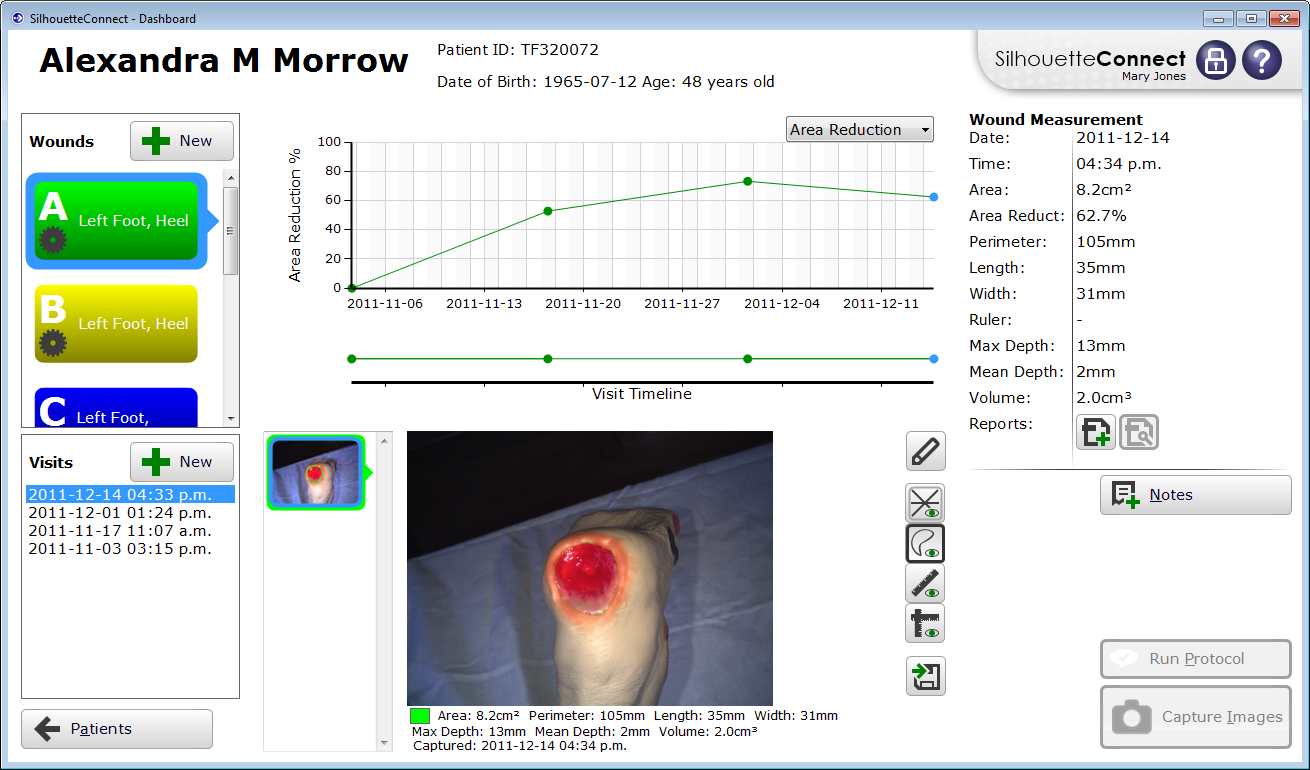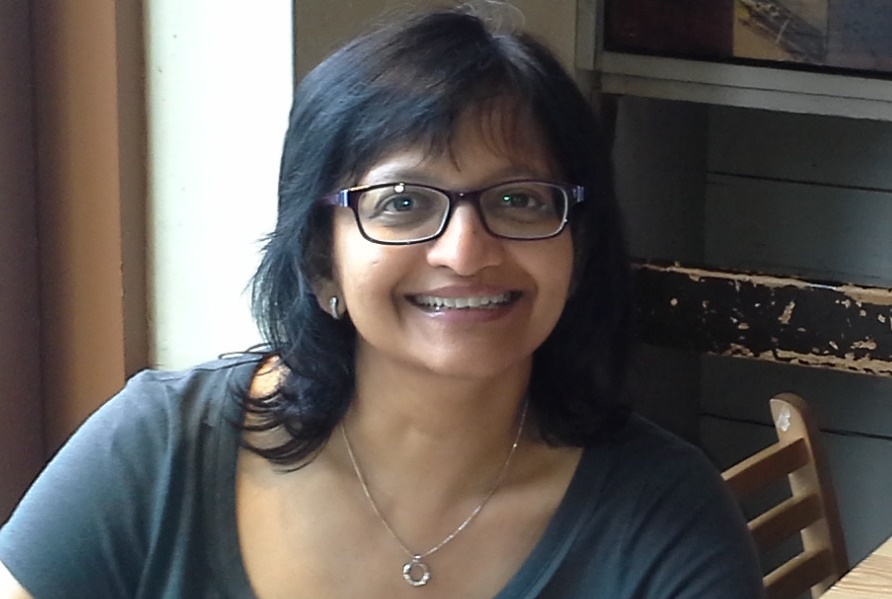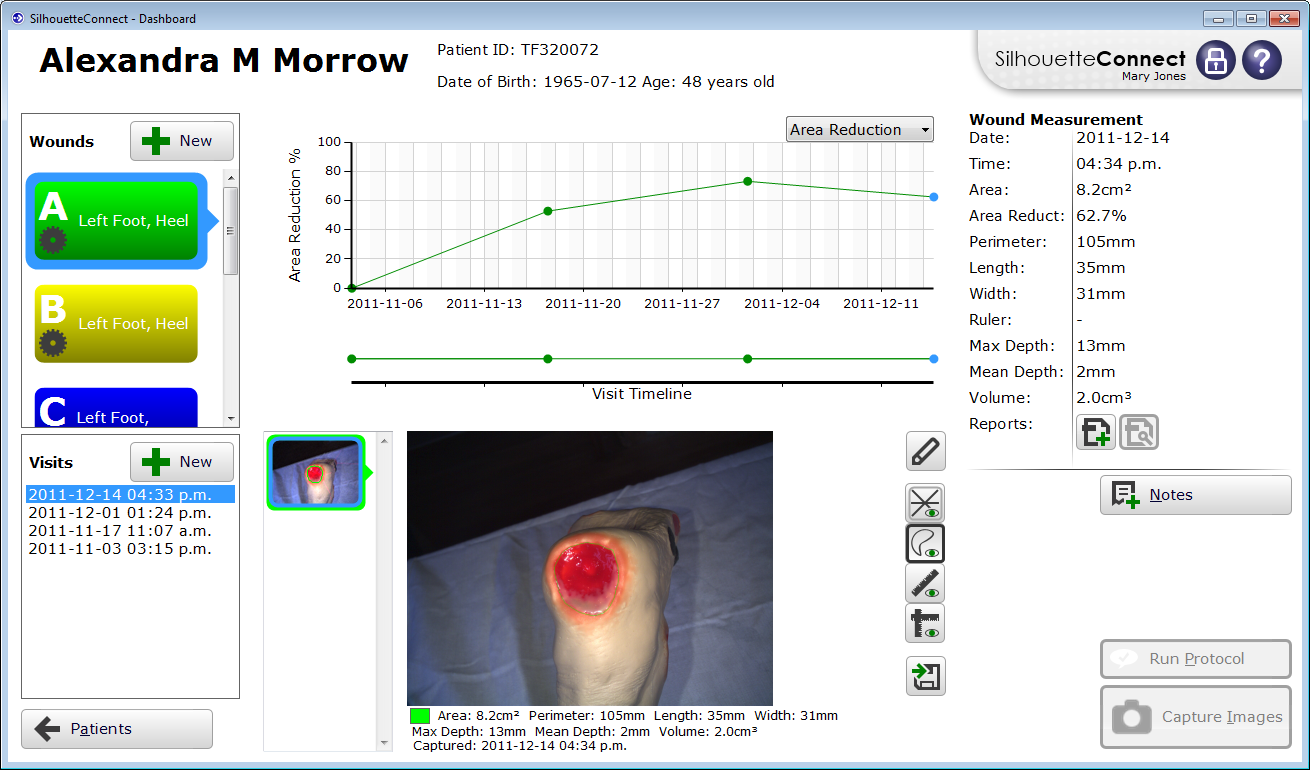Home Care-Wound Care : Overview, Challenges and Perspectives
This is a milestone publication describing how wound care is continuing to develop in new directions across the health ecosystem in Europe. The document presents a critical assessment of achieving effective wound care delivery in home care settings, from the perspective of organisation, health professional, patient and carer.
Against the backdrop of a growing shift towards care of patients with wounds from secondary to primary care across key regions in Europe, the report examines the prerequisite practitioner skills and knowledge needed to manage wounds in the patients’ home. In addition the authors make recommendations on achieving required standards of wound care in home care settings.
“The aim of this shift in care from secondary to primary service provision has been to promote community and home healthcare delivery, while simultaneously delivering better services, improving productivity, increasing patient safety and improving the quality of care (1).”
EWMA Home Care Wound Care (2014)
The report is produced by EWMA in collaboration with Journal of Wound Care, Initiative Chronische Wunden e.V. and the Tissue Viability Society.
The authors describe wound care service provision in UK, Germany and the Nordic Region as example models of care. There is insightful analysis on what each of the countries/regions would need to further address to deliver quality wound care successfully within home environments.
NHS England key areas for improvement
For NHS England, some of the key “improvers” for the future are outlined as follows:
- There are national guidelines for best practice but comprehensive implementation and ownership depends on local leadership; outcomes are not routinely identified
- There is a need to develop integration between primary and secondary care
- The collection of outcome data has generally been poor and cannot be robustly compared across regions.
The publication discusses best practice, clinical pathways, chronic care model, team working approach and health in the context of managing wounds in a home care setting:
- Need for accurate and reliable patient assessment will become increasingly critical, especially where service delivery may require support of nurses without high level of wound care competency.
- Patient and carers need to be involved in the management process so that the goal of treatment and treatment progress is transparent and understood well to support good outcomes.
- Importance of wound care provision as a team effort, where a multi-disciplinary approach fosters professional collaboration to support effective, patient-centric care.
“The provision of evidence-based clinical practice guidelines adapted to meet local needs can provide a solid base upon which to audit and evaluate practice. (1)”
EWMA Home Care Wound Care (2014)
The Chronic Care Model
The Chronic Care Model (Wagner, Austin) is proposed as a viable way forward to guide design of an effective clinical pathway for home care wound care.
“Although work remains to be done in areas such as cost-effectiveness, these studies suggest that redesigning care using the CCM leads to improved patient care and better health outcomes” (2,3,4).
EWMA Home Care Wound Care (2014)

Technological Advances
The role of technology and its promising potential is briefly covered, in relation to use of telecommunication (SMS, texting, phone support) for self-management, online consultancy, education and monitoring. A word of caution is given in reference to telephone-based nurse-to-nurse consultations without use of digital images as there is potential risk of inappropriate treatment of wounds without this critical visual information. (5)
Telecommunication advances and other digital applications are acknowledged as tools that may play an increasing role in supporting home care and self-management, with a need for more research to establish further evidence in this field.
Learn more:

Discover emerging new Silhouette digital technology for wound assessment and information management that can support future wound care service delivery strategies:


References
(1) Probst S., Seppänen S., Gethin G. et al., EWMA Document: Home Care-Wound Care,. J Wound Care 2014;23 (5 Suppl.): S1–S44.
(2) Wagner, E.H., Austin, B.T., Davis, C., et al. Improving chronic illness care: translating evidence into action. Health Aff (Millwood) 2001; 20: 6, 64–78.
(3) Wagner, E.H., Davis, C., Schaefer, J., et al. A survey of leading chronic disease management programs: are they consistent with the literature? Manag Care Q 1999; 7: 3, 56–66.
(4) Coleman, K., Austin, B.T., Brach, C., et al. Evidence on the Chronic Care Model in the new millennium. Health Aff (Millwood) 2009; 28: 1, 75-85.
(5) Buckley, K.M., Adelson, L.K.,Agazio, J.G., Reducing the risks of wound consultation: adding digital images to verbal reports. J Wound Ostomy Continence Nurs 2009; 36: 2, 163–170













